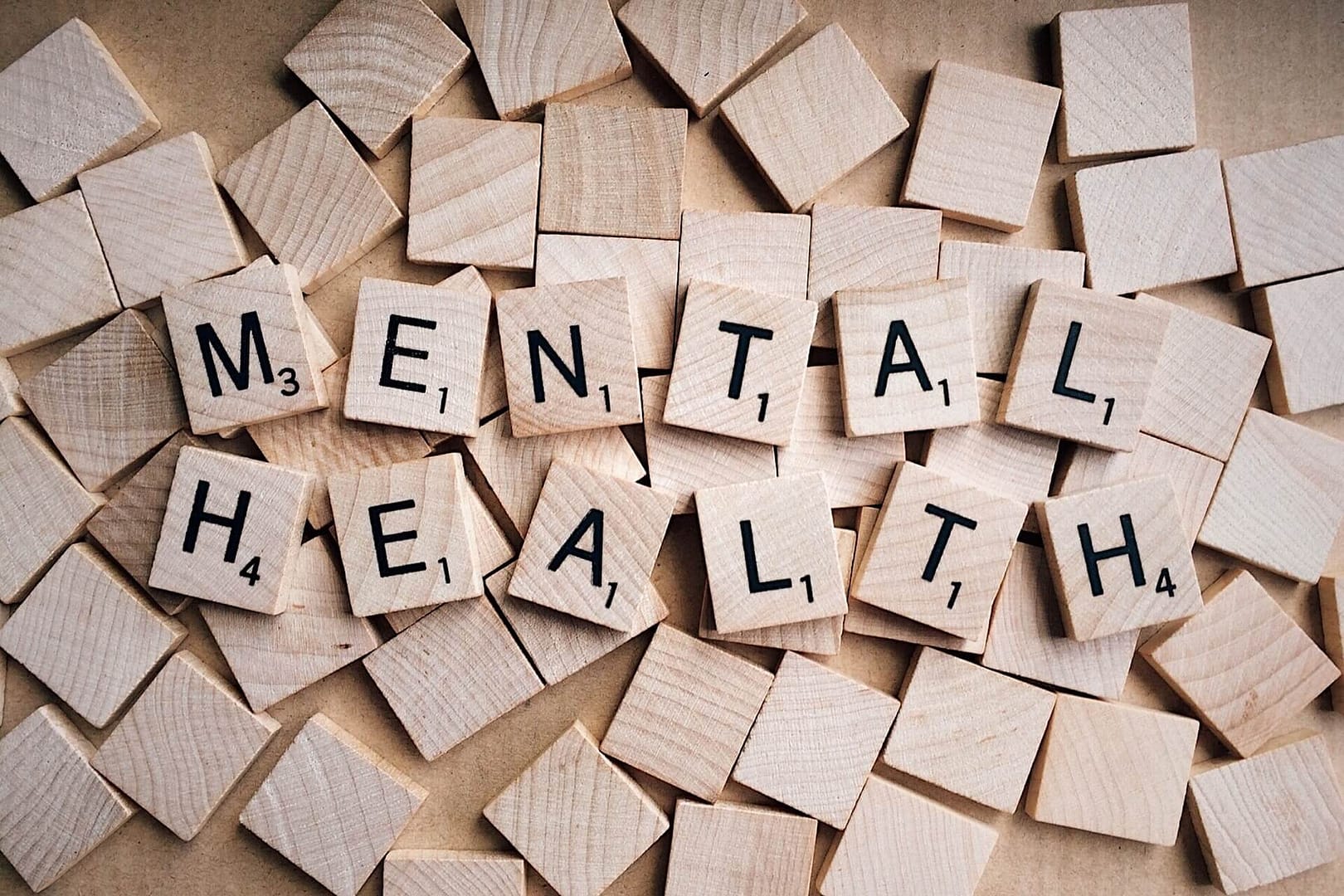The Impact of Art on Mental Health
Art and mental health are two interconnected aspects that have been studied for their potential impact on well-being. Art, in its various forms, can serve as a powerful tool for expressing emotions, fostering communication and connection, and promoting personal growth. Additionally, both creating and consuming art have been shown to have therapeutic benefits for individuals dealing with mental health issues. This article aims to explore the therapeutic benefits of art on mental health, discuss the role of art therapy in treatment, and highlight the importance of art in raising awareness and advocating for mental well-being.
The Therapeutic Benefits of Creating Art
Creating art provides individuals with a unique outlet for self-expression. Whether it is painting, drawing, writing, or any other form, art allows individuals to communicate their thoughts, emotions, and experiences in a visual and tangible way. Through the process of creating art, individuals can gain a sense of control and agency over their own narratives, which can be particularly empowering for those struggling with mental health issues. Furthermore, art can provide a safe and cathartic release for pent-up emotions, serving as a valuable coping mechanism.
Art also has the potential to foster communication and connection. In many cases, individuals find it challenging to put their feelings into words. Art can bridge this gap by allowing individuals to communicate through visual imagery, symbolism, and metaphor. This can be particularly beneficial for individuals who find it difficult to express themselves verbally. Additionally, art can serve as a powerful tool for connecting with others who may have similar experiences or emotions. Group art activities or art therapy sessions can create a sense of belonging and support, enhancing social connections and reducing feelings of isolation.
The Therapeutic Benefits of Consuming Art
In addition to creating art, consuming art also offers therapeutic benefits for mental health. Art has the power to inspire and motivate individuals, providing a sense of purpose and direction. Whether it is through admiring a masterpiece in a museum, listening to music, or watching a powerful film, art has the ability to evoke strong emotions and ignite a spark within. This inspiration can encourage individuals to explore their own creative abilities or pursue new interests and endeavors, which in turn can contribute to their overall mental well-being.
Art also acts as a form of escapism and stress relief. Engaging with art can provide a much-needed break from the demands and pressures of daily life. It allows individuals to immerse themselves in a different world, whether it’s through reading a novel, watching a play, or attending an art exhibition. This temporary escape can provide relief from anxiety, stress, and negative emotions, allowing individuals to recharge and find solace. Moreover, art can act as a form of mindfulness, promoting present-moment awareness and helping individuals focus on the here and now.
Art Therapy and its Approaches
Art therapy is a specialized form of therapy that incorporates art-making into the therapeutic process. It is based on the belief that the creative process involved in art-making can be healing and transformative. Art therapy can be practiced in various settings, including hospitals, clinics, schools, and community centers, and it is facilitated by trained art therapists.
There are different approaches to art therapy, each with its own emphasis and methods. Person-centered art therapy focuses on the individual’s self-expression and personal exploration. Cognitive-behavioral art therapy combines artistic expression with cognitive and behavioral techniques to address specific mental health issues. Other approaches include gestalt art therapy, which emphasizes the integration of mind and body, and psychodynamic art therapy, which explores unconscious thoughts and emotions through art-making.
Numerous case studies and success stories highlight the effectiveness of art therapy in improving mental health outcomes. For example, individuals with post-traumatic stress disorder (PTSD) have reported significant reductions in symptoms and improved overall well-being after participating in art therapy. Similarly, art therapy has shown promising results in improving the self-esteem and interpersonal skills of individuals with depression, anxiety disorders, and eating disorders.
The Role of Art in Mental Health Awareness and Advocacy
Art has a powerful role to play in raising awareness about mental health issues and promoting advocacy. Through various visual mediums, such as paintings, photography, and graphic design, artists can convey complex emotions and experiences related to mental health. Art-based initiatives, such as exhibitions and installations, provide an opportunity for meaningful dialogue and education around mental health.
Moreover, art serves as a tool for combating stigma and promoting empathy. Art has the ability to humanize mental health experiences, helping viewers develop a deeper understanding and empathy towards those struggling with mental health issues. By sharing personal stories and experiences through art, individuals can challenge misconceptions, encourage open conversations, and contribute to a more compassionate society.
Art-based campaigns and initiatives for mental health continue to gain momentum. From street art promoting positive mental health messages to virtual art projects advocating for improved mental health resources, art has the potential to create widespread impact and effect change. By utilizing art as a medium for raising awareness and advocating for mental well-being, we can foster a society that values mental health and supports those in need.
Conclusion
Art has a profound impact on mental health and well-being. Whether it is through the act of creating art or engaging with artistic expressions, individuals can experience therapeutic benefits that promote self-expression, communication, and personal growth. Art therapy, with its various approaches, has demonstrated positive outcomes in the treatment of mental health issues. Furthermore, art serves as a medium for raising awareness, combating stigma, and advocating for mental well-being. It is essential to promote and support art-based interventions as valuable tools in nurturing our mental health and creating a more compassionate and empathetic society.

